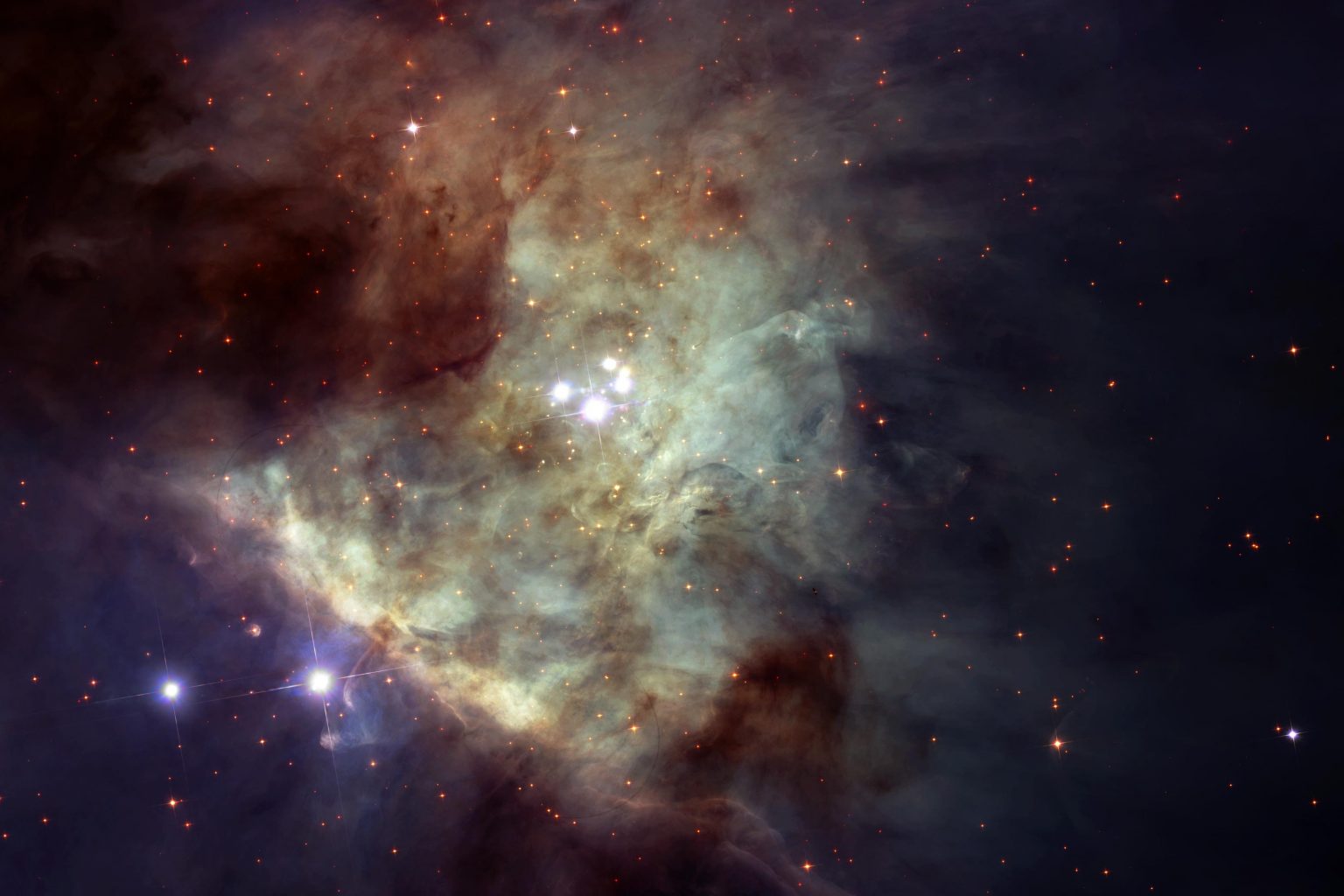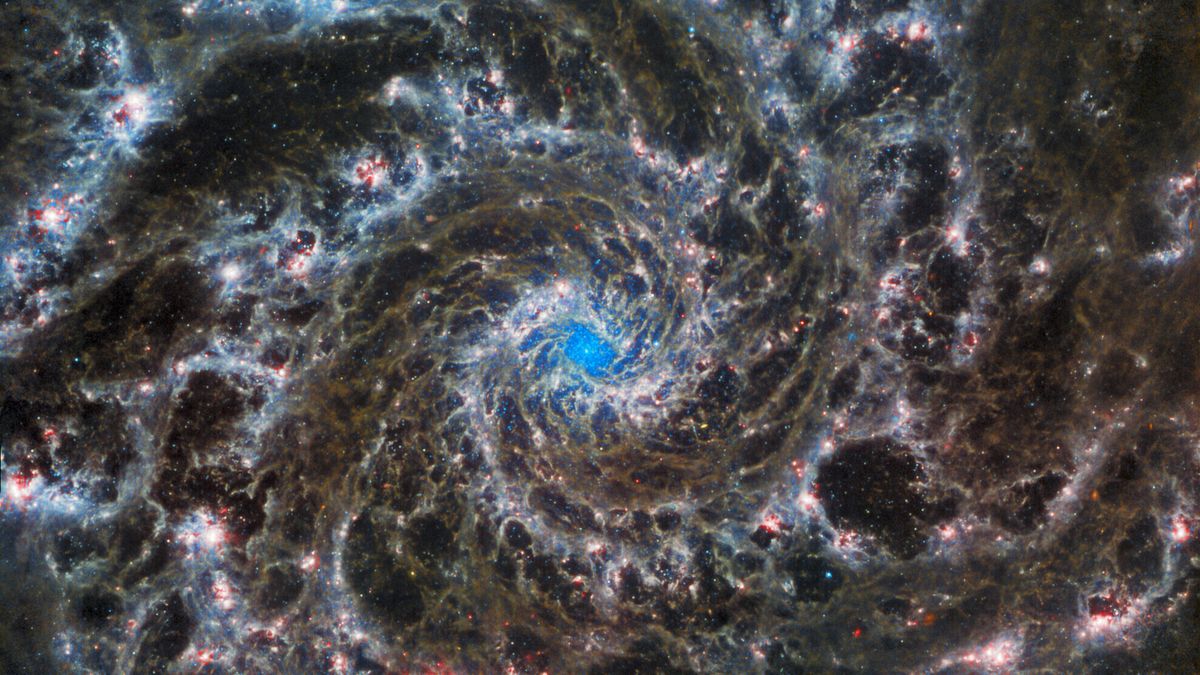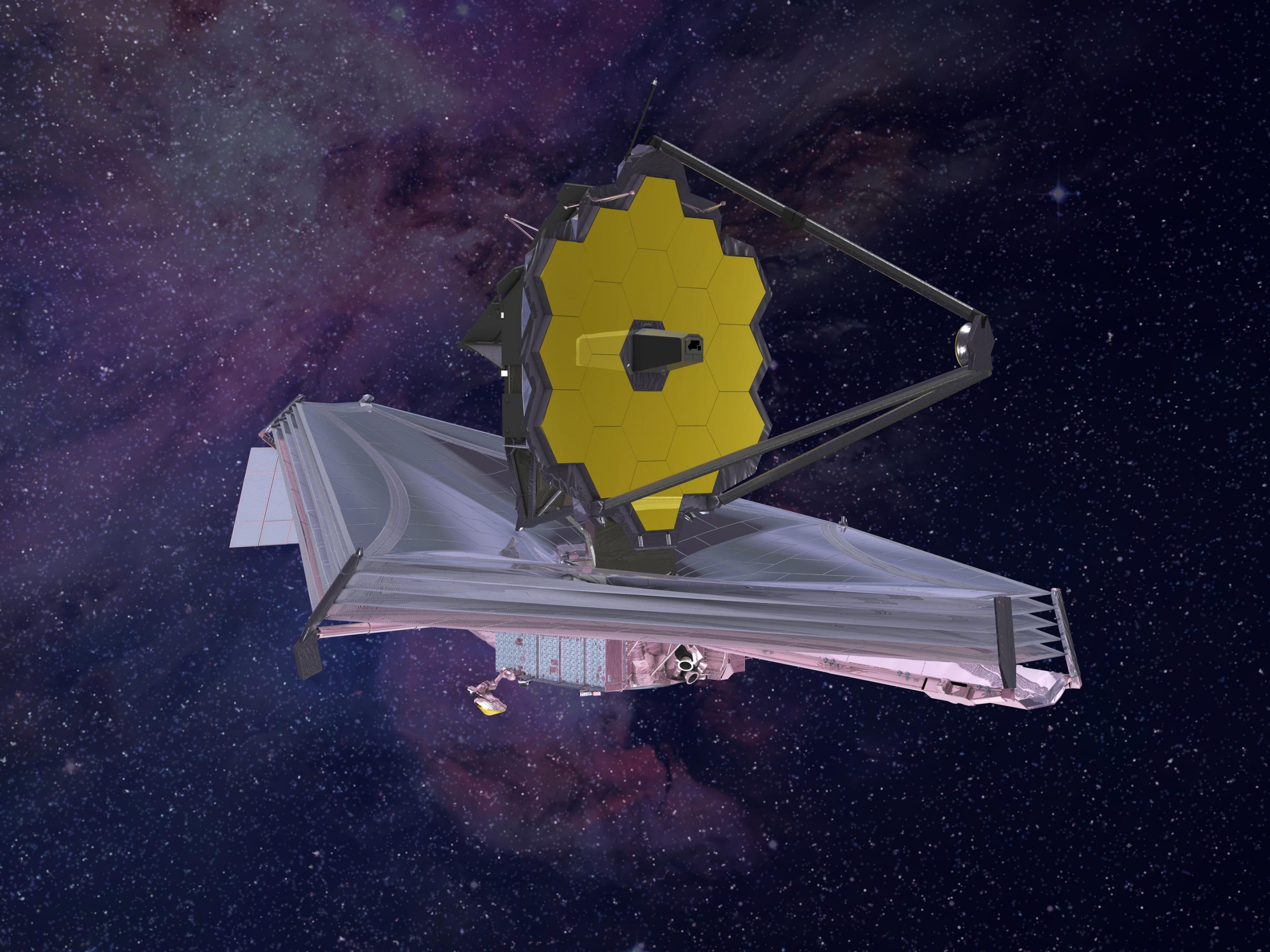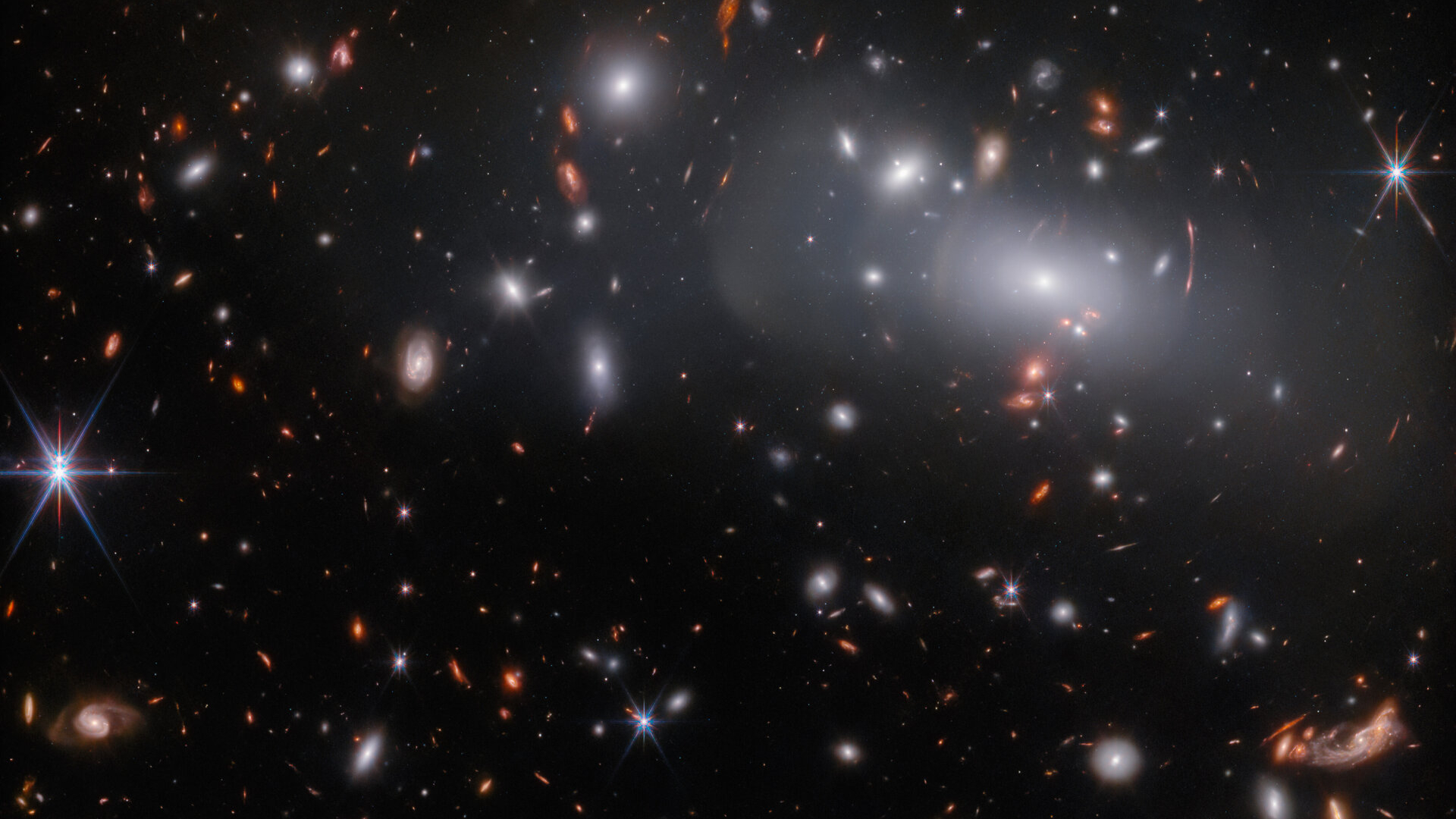Unveiling The Search For Life: NASA's New Space Telescope Blasts Off To Find Cosmic Ingredients
The universe has long been a source of fascination for humanity, and the search for extraterrestrial life has become an increasingly prominent aspect of space exploration. With the launch of NASA's new space telescope, scientists are now poised to uncover the cosmic ingredients that may hold the key to answering one of the most profound questions of our time: are we alone in the universe?
For decades, astronomers have been conducting extensive research on the possibility of life existing elsewhere in the universe. From the detection of exoplanets to the analysis of their atmospheres, scientists have been employing cutting-edge technologies to search for signs of biological activity. However, with the rapid advancement of technology, the search for life is becoming more complex and nuanced. That's why NASA's new space telescope is being designed to push the boundaries of what we currently know about the universe and its potential for life.
The Power of Advanced Technology
NASA's new space telescope is equipped with the latest in advanced technology, including a powerful 8.4-meter primary mirror and a sophisticated array of sensors and cameras. These cutting-edge tools will enable scientists to study the universe in unprecedented detail, from the detection of biosignatures in the atmospheres of distant planets to the analysis of the light curves of celestial objects.
Some of the key features of the space telescope include:
• A high-resolution camera capable of capturing images of celestial objects with unprecedented clarity
• A spectrograph that can analyze the light curves of stars and galaxies
• A coronagraph that can block the light from bright stars, allowing scientists to study the atmospheres of nearby planets
• A magnetometer that can detect the presence of magnetic fields in the universe
These advanced technologies will enable scientists to gather data that can be used to search for signs of life, whether it be the presence of oxygen in a planet's atmosphere or the detection of biosignatures in the form of unique spectral patterns.
The Search for Biosignatures
One of the most significant challenges in the search for life is the detection of biosignatures. These are signs of biological activity that can be used to infer the presence of life on a planet. Some of the most promising biosignatures include:
• Oxygen: the presence of oxygen in a planet's atmosphere is often used as a sign of photosynthetic activity, which is a hallmark of life
• Methane: methane is a potent greenhouse gas that can be produced by living organisms
• Organic molecules: the presence of complex organic molecules, such as amino acids and sugars, can be indicative of the presence of life
• Water: the presence of liquid water is essential for life as we know it
To detect these biosignatures, scientists will use a range of techniques, including:
• Spectroscopy: the analysis of the light curves of celestial objects to detect the presence of unique spectral patterns
• Transit photometry: the study of the light curves of planets as they pass in front of their host stars
• Direct imaging: the study of the light emitted by planets and their surroundings
The Potential for Life in the Universe
The possibility of life existing elsewhere in the universe is no longer a topic of speculation. With the discovery of thousands of exoplanets and the detection of biosignatures in the atmospheres of some of these planets, scientists are now confident that the conditions for life may exist elsewhere in the universe.
Some of the most promising places to search for life include:
• Mars: with its rocky surface and potential for liquid water, Mars is a prime target in the search for life
• Europa: this icy moon of Jupiter has a subsurface ocean that may contain liquid water and the necessary energy to support life
• Kepler-452b: this exoplanet is a rocky world that orbits a G-type star (similar to the sun) and may have the necessary conditions for life
The Challenges of Searching for Life
While the search for life is becoming increasingly complex, scientists are not deterred. The challenges of searching for life include:
• The distance between stars: many exoplanets are located millions of light-years away, making it difficult to detect signs of life
• The lack of standardization: different scientists may use different methods to search for biosignatures, making it difficult to compare results
• The presence of false positives: the detection of false positives can be a major challenge in the search for life
The Future of Space Exploration
The launch of NASA's new space telescope marks a significant milestone in the search for life. With its advanced technology and sophisticated array of sensors and cameras, this space telescope will enable scientists to study the universe in unprecedented detail. The potential for life existing elsewhere in the universe is no longer a topic of speculation, and scientists are now confident that the conditions for life may exist elsewhere in the universe.
The future of space exploration is bright, and scientists are eager to continue pushing the boundaries of what we currently know about the universe and its potential for life. With the launch of new space telescopes and the development of new technologies, the search for life will continue to be a major focus of space exploration in the years to come.
Conclusion
In conclusion, NASA's new space telescope is a significant step forward in the search for life. With its advanced technology and sophisticated array of sensors and cameras, this space telescope will enable scientists to study the universe in unprecedented detail. The possibility of life existing elsewhere in the universe is no longer a topic of speculation, and scientists are now confident that the conditions for life may exist elsewhere in the universe. The future of space exploration is bright, and scientists are eager to continue pushing the boundaries of what we currently know about the universe and its potential for life.
Nsfw Twitter
Shri
Hisashi Ouchi Real Images
Article Recommendations
- Lorne Greene Height
- Is Annaawai Married
- Katiana Kay Age
- Skyes In 2024
- Brandonavid Jackson
- Zhao Lusi Age
- Markavis Girlfriend
- Imoo Jung Husband
- Kathy Bates Relationships
- Sophie Rain Fans



